What Plants Are Toxic To Cats In Australia We are pleased to share that Plants ISSN 2223 7747 was awarded an increased Impact Factor of 4 1 in the 2024 Journal Citation Reports released by Clarivate TM in June 2025 Plants rank in Q1 45 among 273 titles in the Plant Sciences category
Special Issues Plants publishes Special Issues to create collections of papers on specific topics with the aim of building a community of authors and readers to discuss the latest research and develop new ideas and research directions Special Issues are led by Guest Editors who are experts on the topic and all Special Issue submissions follow MDPI s standard editorial About Plants Aims Plants ISSN 2223 7747 is an international and multidisciplinary scientific open access journal that covers all key areas of plant science It publishes review articles regular research articles communications and short notes in the fields of structural functional and experimental botany
What Plants Are Toxic To Cats In Australia

What Plants Are Toxic To Cats In Australia
https://i.pinimg.com/736x/37/c1/94/37c194a8e01841e1d6bfb731ab66e435.jpg
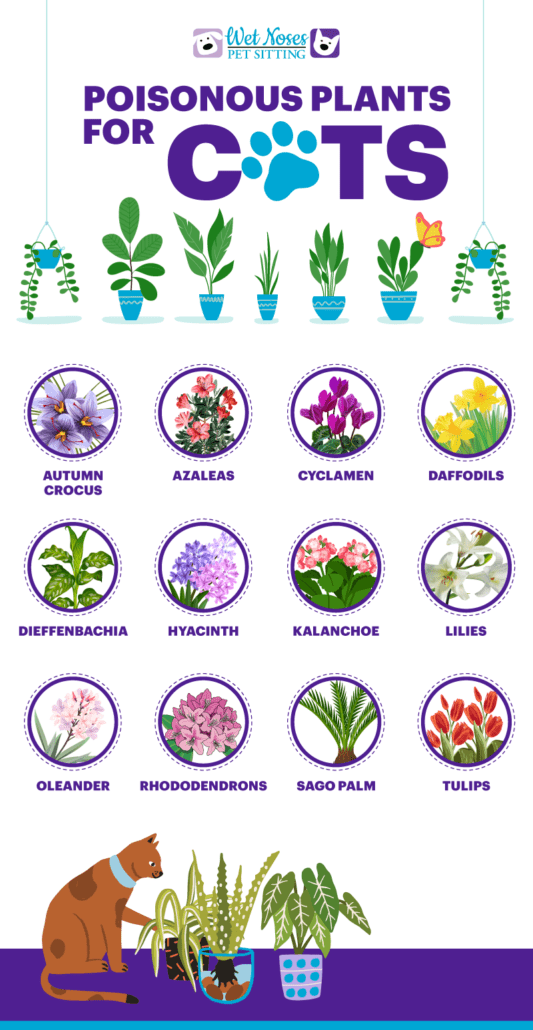
What Plants Are Poisonous To Cats Wet Noses Pet Sitting
https://wetnosespetsitting.com/wp-content/uploads/2021/06/1030921_poison-plants-for-cat-infographic_040721-533x1030.png

What Plants Toxic To Dogs
https://cdn.petcloud.com.au/d/wp-content/uploads/2021/10/16191008/toxic-plants-1024x1024.png
Plants an international peer reviewed Open Access journal Soil salinization is a severe abiotic stress that negatively affects plant growth and development leading to physiological abnormalities and ultimately threatening global food security The condition arises from excessive salt accumulation in the soil primarily due to anthropogenic activities such as irrigation improper land uses and overfertilization The
Plants are sessile organisms that need to adapt to constantly changing environmental conditions Unpredictable climate change places plants under a variety of abiotic stresses Studying the regulation of stress responsive genes can help to understand plants ability to adapt to fluctuating environmental conditions Changes in epigenetic marks such as histone Plants an international peer reviewed Open Access journal
More picture related to What Plants Are Toxic To Cats In Australia
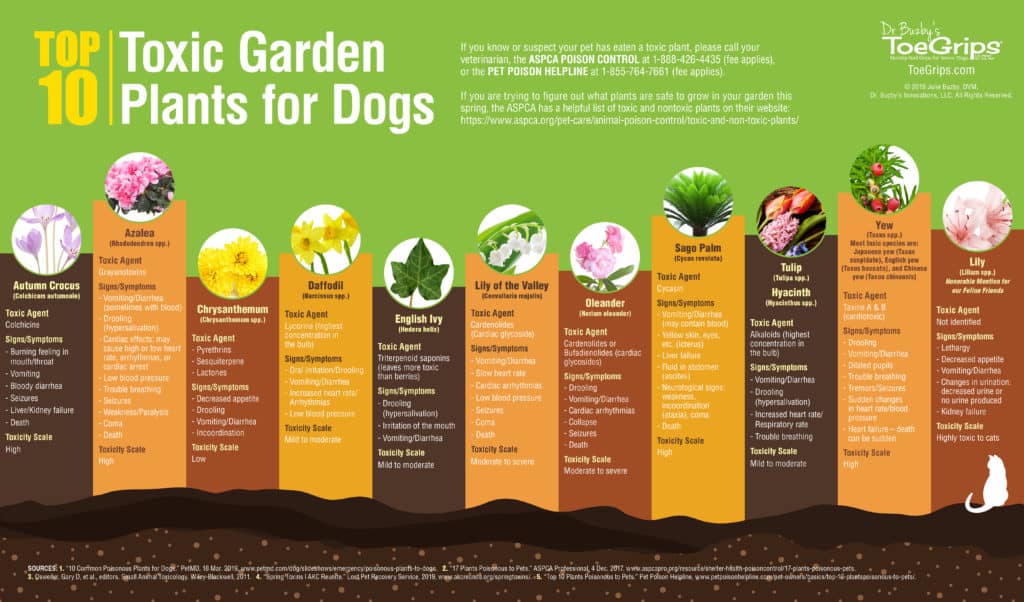
10 Garden Plants That Are Dangerous To Dogs With Photos Dr Buzby s
https://toegrips.com/wp-content/uploads/Toxic-Garden-Plants-to-dogs-infographic-FNL-1024x602.jpg
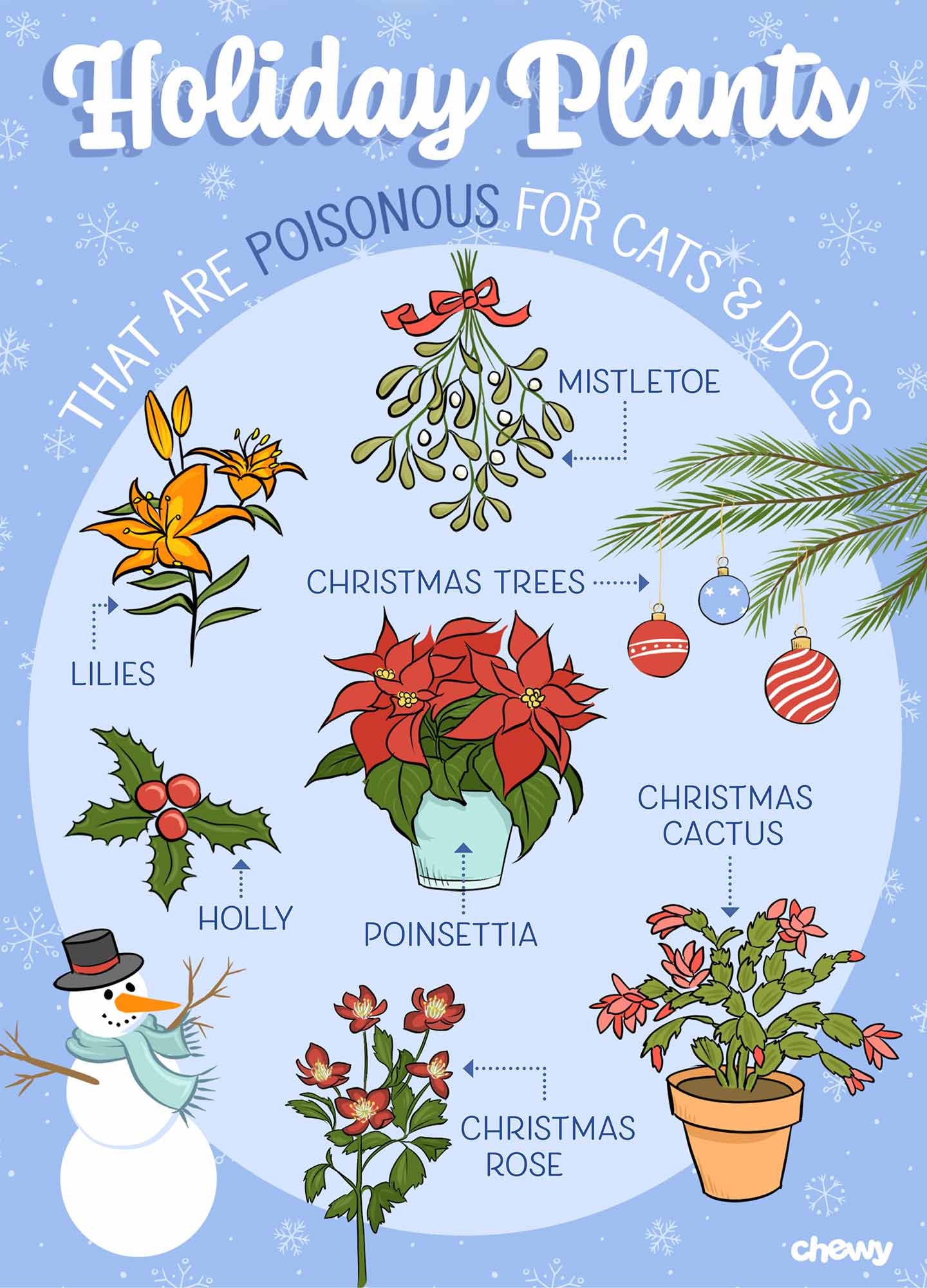
Are Rose Petals Toxic To Cats And Dogs
https://media-be.chewy.com/wp-content/uploads/2017/11/31121854/are-poinsettias-poisonous-to-dogs-bambi.jpg

Thank You For Pledging Your Support For Stronger Action On Cats In
https://invasives.org.au/wp-content/uploads/2023/02/cat-2-e1677470646800-1024x514.jpg
MDPI is a publisher of peer reviewed open access journals since its establishment in 1996 Nitrogen N and phosphorus P are essential mineral macronutrients critical for plant structure and function Both contribute to processes ranging from cellular integrity to signal transduction Since plants require these nutrients in high concentrations replenishing them in soil often involves chemical fertilizers However the main source of P rock phosphate is non
[desc-10] [desc-11]

Common Plants Toxic To Dogs Cats Family Dog Naturals
https://familydognaturals.com/wp-content/uploads/2021/03/Copy-of-Toxic-Plants.png

Toxic Non Toxic Plants For Pets Toxic Plants For Cats Plants Toxic
https://i.pinimg.com/originals/74/ac/b9/74acb93b8de4e66223d7bcd34c3a93c5.jpg

https://www.mdpi.com › about › announcements
We are pleased to share that Plants ISSN 2223 7747 was awarded an increased Impact Factor of 4 1 in the 2024 Journal Citation Reports released by Clarivate TM in June 2025 Plants rank in Q1 45 among 273 titles in the Plant Sciences category

https://www.mdpi.com › journal › plants › special_issues
Special Issues Plants publishes Special Issues to create collections of papers on specific topics with the aim of building a community of authors and readers to discuss the latest research and develop new ideas and research directions Special Issues are led by Guest Editors who are experts on the topic and all Special Issue submissions follow MDPI s standard editorial

How To Grow Houseplants That Won t Hurt Your Cat Or Dog Plants

Common Plants Toxic To Dogs Cats Family Dog Naturals
Toxic Foods For Cats
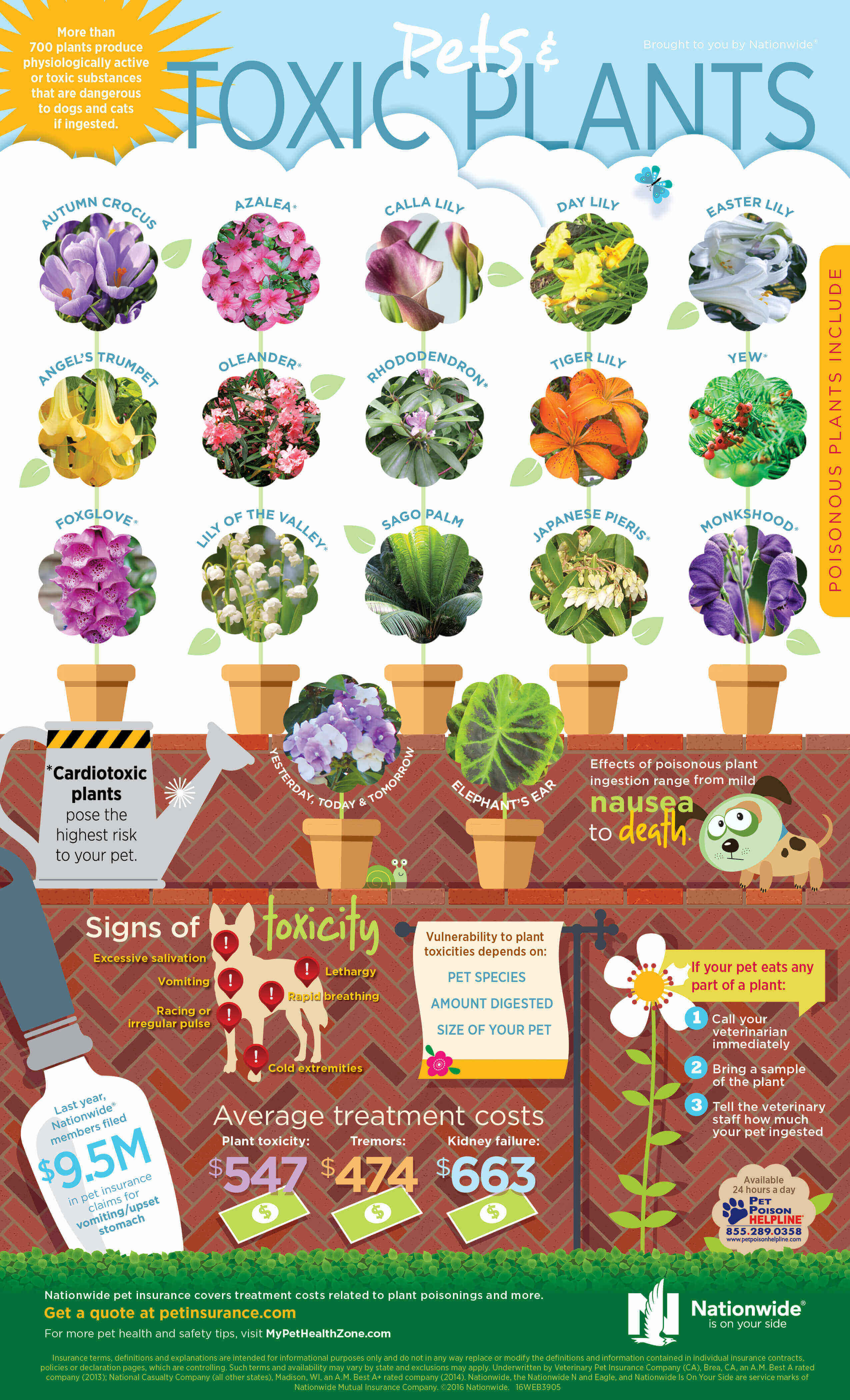
Which Plants Are Poisonous For Dogs

What Plants Can Make Dogs Sick

What Plants Are Toxic To Cats In Australia

What Plants Are Toxic To Cats In Australia
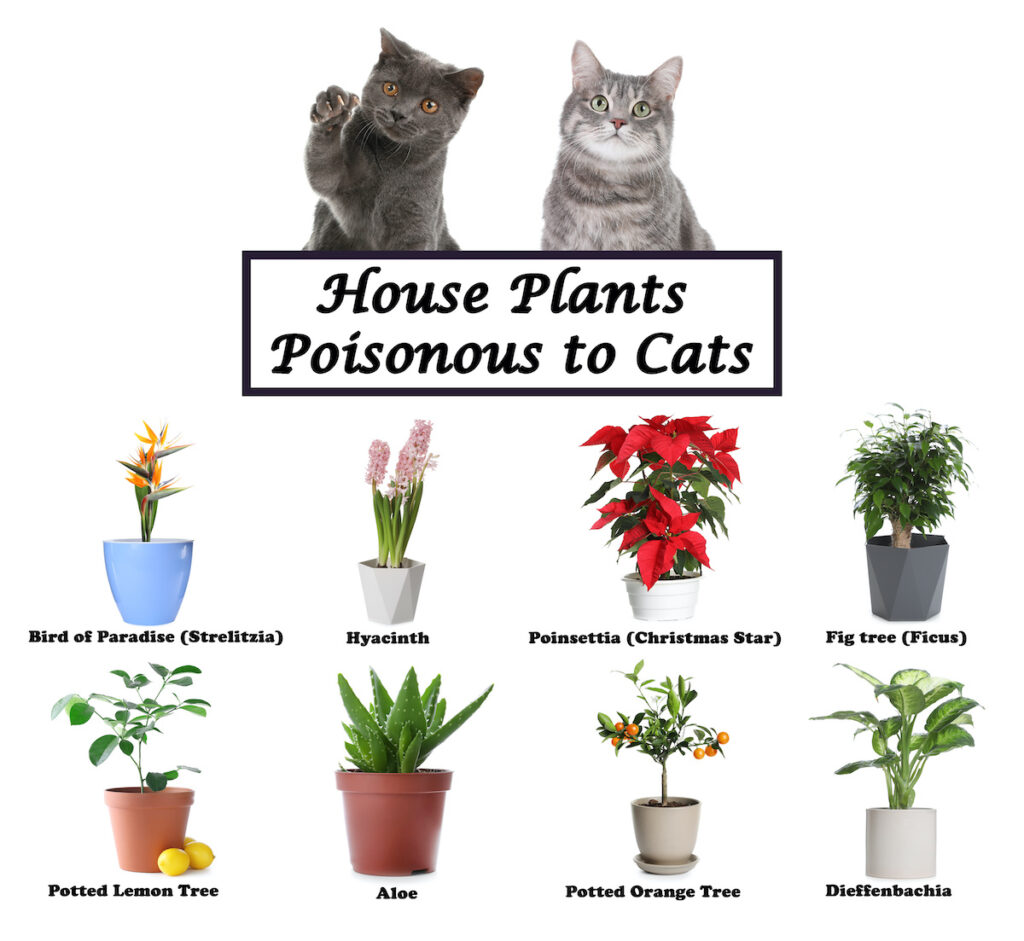
Are Azalea Plants Poisonous To Cats And Dogs

16 Non Toxic Plants For Cats To Add To Your Houseplant Collection Now

Common House Plants And Your Pets Dog Blog GREAT DANE ANGELS
What Plants Are Toxic To Cats In Australia - Soil salinization is a severe abiotic stress that negatively affects plant growth and development leading to physiological abnormalities and ultimately threatening global food security The condition arises from excessive salt accumulation in the soil primarily due to anthropogenic activities such as irrigation improper land uses and overfertilization The